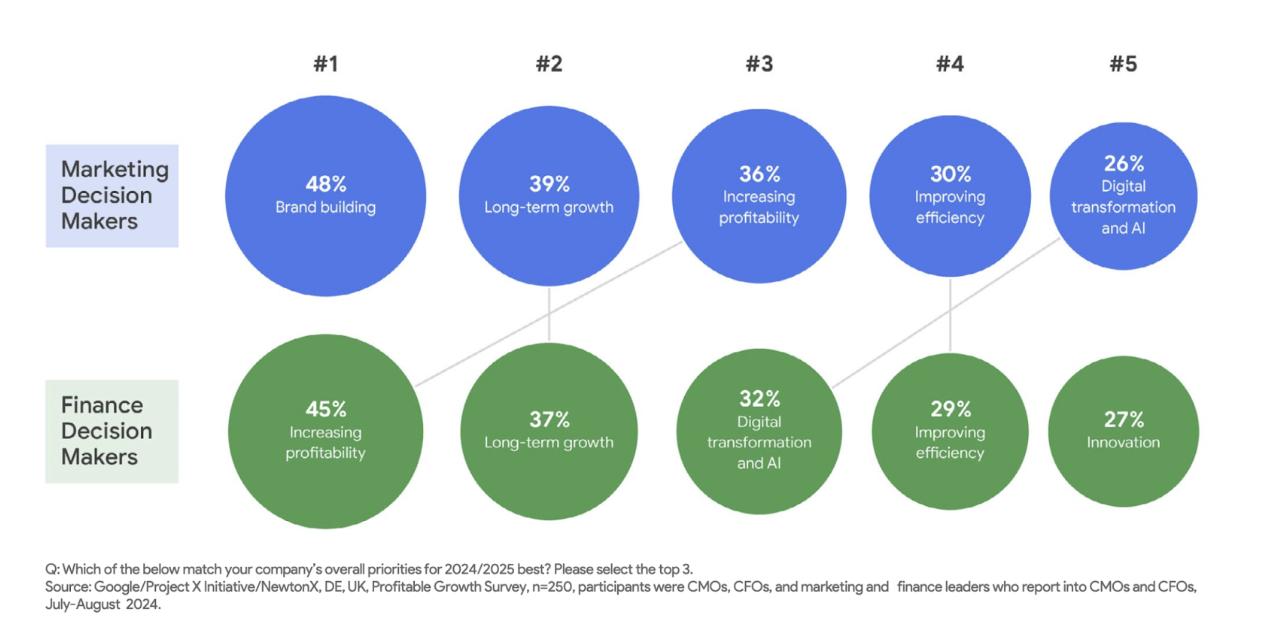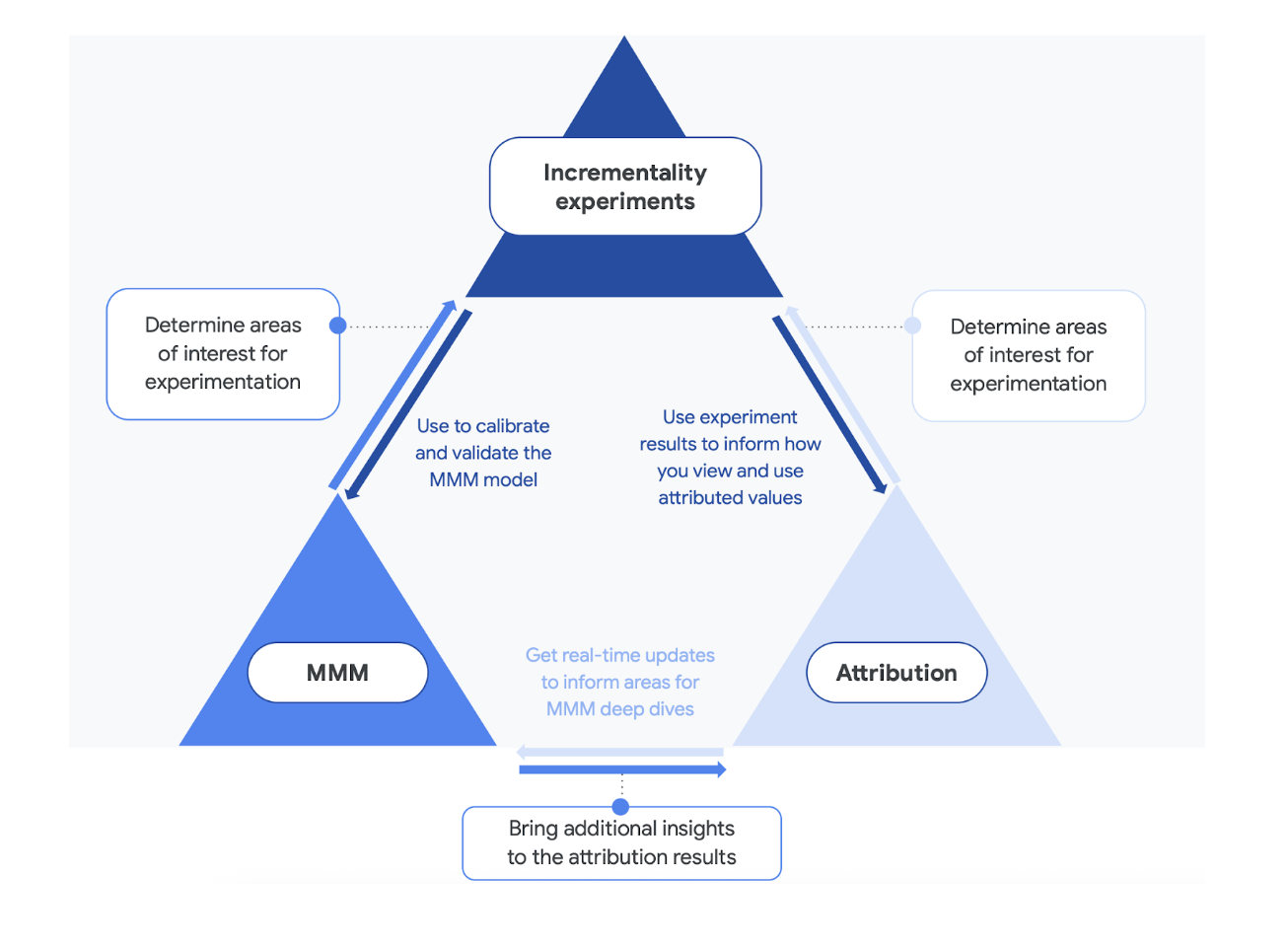
FROM CHAOS TO THE HOLY GRAIL: IN SEARCH OF EFFECTIVE MARKETING MEASUREMENT
by Andrea Marcante, Chief Data&Tech Office Intarget
As Chief Data&Tech Officer here at Intarget, I spend a lot of time thinking about data. Really, a lot. And if there’s one area in marketing that resembles finding all the unmatched socks lost in the washing machine or abandoned at the bottom of a drawer, it’s measurement. We hear phrases like “data-driven decisions,” “ROI,” “incrementality,” and sometimes, let’s be honest, it sounds a bit like… a big mess.
But it doesn’t have to be! Measurement isn’t just about counting clicks or justifying budgets under pressure. It’s a huge opportunity! Done right, it opens new paths for growth that until recently were unthinkable. So, let’s take a metaphorical flashlight and shed some light at the bottom of the washing machine and in the drawer’s corners.
To start, let’s split hairs (because it’s necessary)
The term “measurement” is often used very loosely. But it’s crucial to distinguish between media metrics and marketing effectiveness.
- Media Metrics: These are things like CPM (Cost Per Mille, or cost per thousand impressions), CPC (Cost Per Click), reach, frequency, attention, viewability. They tell you about the distribution and interaction with your media. They are fundamental in defining a media plan, but not the ultimate goal.
- Marketing Effectiveness: This is about understanding whether your marketing is driving genuine business results like sales, revenue, or profit. It’s the big picture – the real ROI.
Confusing these things is often where the “big mess” begins. Sometimes media distribution counting is mistaken for measuring true effectiveness.
Measurement: More of a road trip than an audit
For too long, measurement has felt like a scary audit where marketing teams have to “prove they did a good job”. This doesn’t foster innovation nor does it transform marketing perception into a value-generating lever.
We need to think of measurement as a learning journey or a discovery process. It’s about understanding how and why things worked (or didn’t). Every outcome, even unexpected, is a point to learn from: discovering that upper funnel actions are approaching the results of lower funnel actions, or that digital marketing has a primary impact on in-store sales.
The elephant in the room: Finance!
However, this journey requires the involvement of the Finance department (or Finance if we stick to anglo-marketing terminology): One of the biggest obstacles to developing a coherent and effective marketing path is the vision and goal gap between marketing and finance. Marketing talks about brand awareness and engagement; Finance talks about revenue, profit, and EBITDA.
A recent Google study shows that while most marketing and finance leaders agree marketing drives growth, about one in three still primarily sees it as a cost center. Budget requests may be met with skepticism if marketing is considered a discretionary expense.
CFOs, responsible for financial discipline and risk management, understandably require clear proof of profitable returns. Boards are often more interested in profitability increases than in long-term growth or brand building.
Bridging this gap requires building trust. Marketing teams must go beyond simply justifying spend and align with Finance’s vision. This means aligning on metrics and speaking their language. You must show how marketing impacts market share or customer acquisition. The priority of brand building becomes understandable to finance to the extent that losing positioning reduces profitability, and regaining positioning after divesting in brand building requires 1.85 times the original investment, as demonstrated by some analyses.

MMM never dies!
What analysis can bring marketing and finance together on synergistic ground? Marketing Mix Modelling (MMM) – a mathematical-statistical approach around for 40 years – is experiencing a major renaissance. Driven by privacy changes (loss of granular data makes aggregated methods more important), accessible data science capabilities, open-source tools, and computing power, MMM has been reborn and reinvented.
It can incorporate more details, work with shorter time scales, and even include things like creative quality. It’s becoming more accessible than ever. Although it remains a specialist field (econometrics), the growing community and open-source tools make it feasible for more companies… with a BUT! It doesn’t only require skilled data scientists… it also needs analysts with strong statistical skills and an even stronger understanding of marketing and industry context. Great platforms producing econometric analyses often stop at charts that don’t directly lead to actionable insights: you need people who can fine-tune the model to ensure reliable results… and interpret them for both marketing specialists and finance stakeholders.
The magic triangle of measurement
MMM provides a strategic and aggregated view of cross-channel marketing impacts and can consider long-term contributions and external factors such as macroeconomic trends or seasonality. However, it’s not enough when adapting to a digital context that sometimes requires faster timing.
We therefore need to integrate complementary tools to achieve a balanced approach to measuring marketing effectiveness since no single measurement method can capture everything: we could summarize this combination in a sort of magic triangle of measurement. The typical elements of the magic triangle are:
- Multi-Touch Attribution (MTA): This method tracks immediate digital interactions along the customer journey. It’s useful for understanding short-term digital performance but doesn’t capture broader and longer-term effects of brand building and offline interactions.
- Marketing Mix Modelling (MMM): as mentioned, provides a strategic and aggregated view of cross-channel marketing impacts and can consider long-term contributions and external factors like macroeconomic trends or seasonality.
- Incrementality Experiments: These experiments, typically user or geo-lift tests, add credibility by demonstrating the specific and incremental contribution of individual tactics or channels that wouldn’t have happened otherwise. They help establish the true value created by marketing activities, separating it from baseline sales and external factors.
Combining MTA for short-term granularity with MMM for long-term strategic clarity, and integrating incrementality experiments for validation, provides a more balanced perspective. The goal of these analyses is to move toward understanding genuine business outcomes like sales, revenue, or profit. This is where we start bridging the gap between CMO and CFO and building shared learning and joint strategic decisions beyond simple budget approval, for example in:
- Understanding the impact of marketing strategies across the funnel: CMOs are tasked with driving both short-term sales and long-term value building, including brand equity and customer loyalty. The “magic triangle” allows them to measure and understand the full impact of their strategies across different time horizons and channels, including effects that are harder to quantify with single tools.
- Optimizing and innovating: By combining different types of measurement, richer insights emerge about what works, how channels interact (synergies), and where to optimize budgets to maximize incremental results. This supports experimentation and innovation, overcoming a culture focused only on justifying past spend.
- Demonstrating marketing’s full value: This complementary measurement approach provides CMOs with data and insights to demonstrate marketing’s broader contributions beyond immediate sales, such as impacts on brand health, price elasticity, and customer lifetime value (CLTV). For CFOs, it means directly linking marketing activities to financial performance, providing more rigorous and complete evidence of ROAS, incremental revenue, and profitability contribution tied also to customer loyalty and retention.
The “magic triangle” (or also the measurement trifecta)

Brand vs Performance? Brand+Performance
In the proposed approach, we go beyond the debate on short-term marketing (“performance”) versus long-term marketing (“brand”).
The truth is that it’s brand + performance, not brand versus performance. These elements work together and create synergies. Investing in brand equity doesn’t just help long-term; it actually boosts short-term performance efforts. Strong brands also build perceived value and help buffer things like price increases.
Any good business must sell today and prepare to sell tomorrow. The challenge is measuring how today’s actions impact both. Although no magic solution exists, measuring holistically over a long time horizon is fundamental for marketing and finance.
Regarding budget splits, historically, advice often was a 60/40 split (brand/performance), but the right balance depends on context, although there should always be a base investment in brand equity (we recalled above how divesting in brand equity then requires greater spending to recover lost ground).
A new marketing culture: Which team for new challenges
In conclusion, we are at a moment when “business IS NOT as usual”.
Modern marketing teams are different. They need strong analytical and strategic skills: analysts must focus on application, turning data into actions. This requires combining analytical ability with the capacity to produce a strategy that resonates with the business.
Basically, marketing analysts need marketing knowledge. A brilliant programmer ignorant of data sources or platform nuances could build a weak model. Humility and willingness to ask questions across disciplines are essential for everyone.
Measurement must be embedded throughout the business lifecycle. It’s not just marketing’s task; it requires buy-in from Sales and Finance. Elevating measurement to the C-suite and ensuring they actively use insights is vital.
Measurement is not optional if the business is to grow successfully in the coming years. This requires commitment, follow-through, and resources.
The best starting point for leaders? Don’t think yet about execution or tools. Create a learning agenda. Sit down and ask: What do we actually want to learn? Frame questions around curiosity, not proof. For each question, ask: what would we do with that information?
At Intarget, we have built hybrid teams of analysts, strategists, and media planners to address these challenges and provide a multifaceted synthesis following the magic triangle approach, yet understandable and actionable for our stakeholders. These teams position themselves as trusted business consultants, not just marketing consultants, for our clients.
So the closing is a question.
What are your biggest challenges in measurement?





